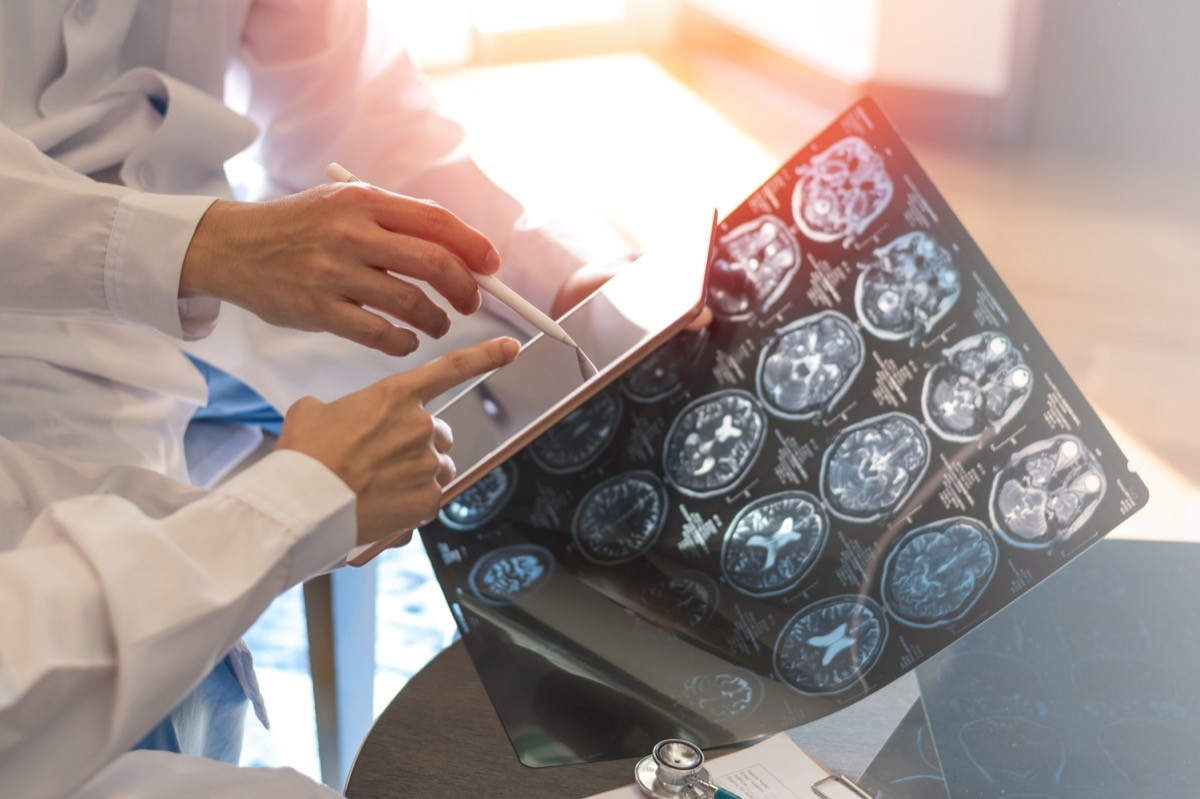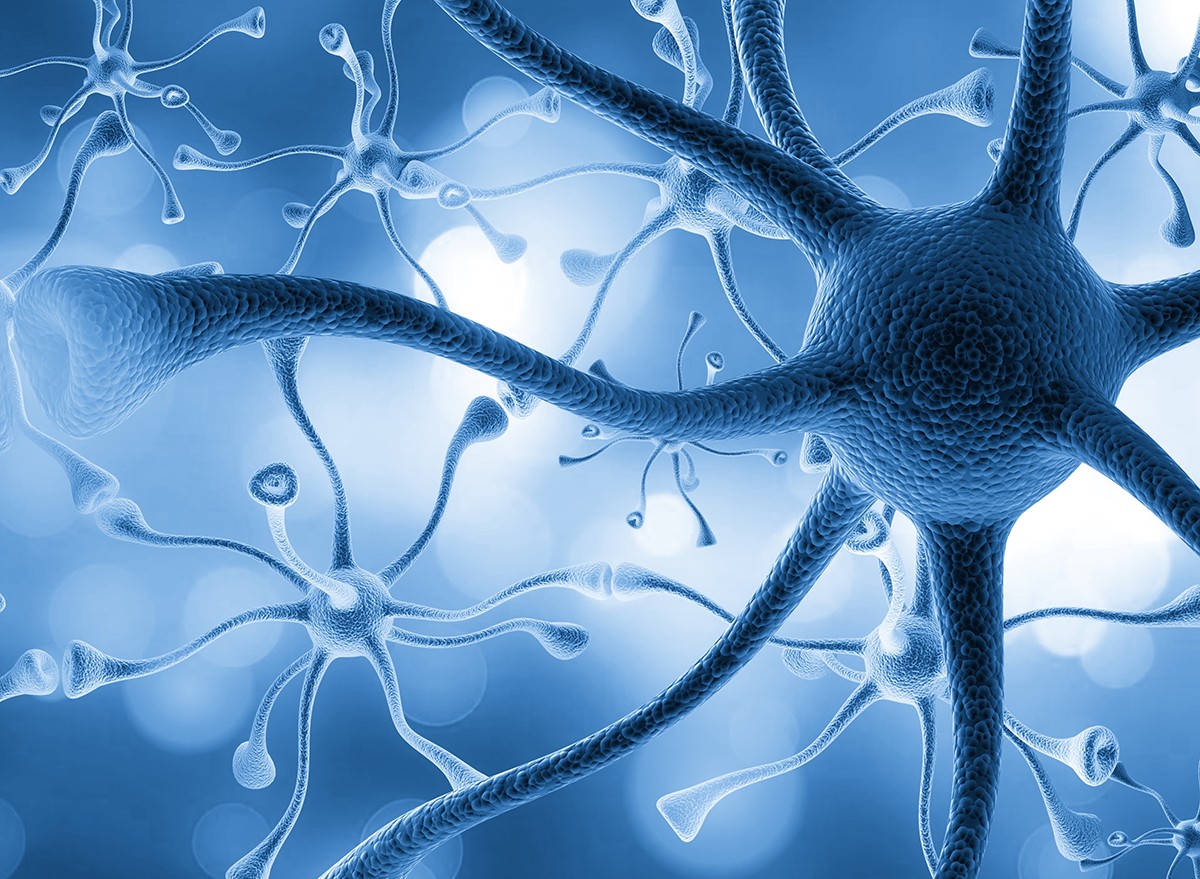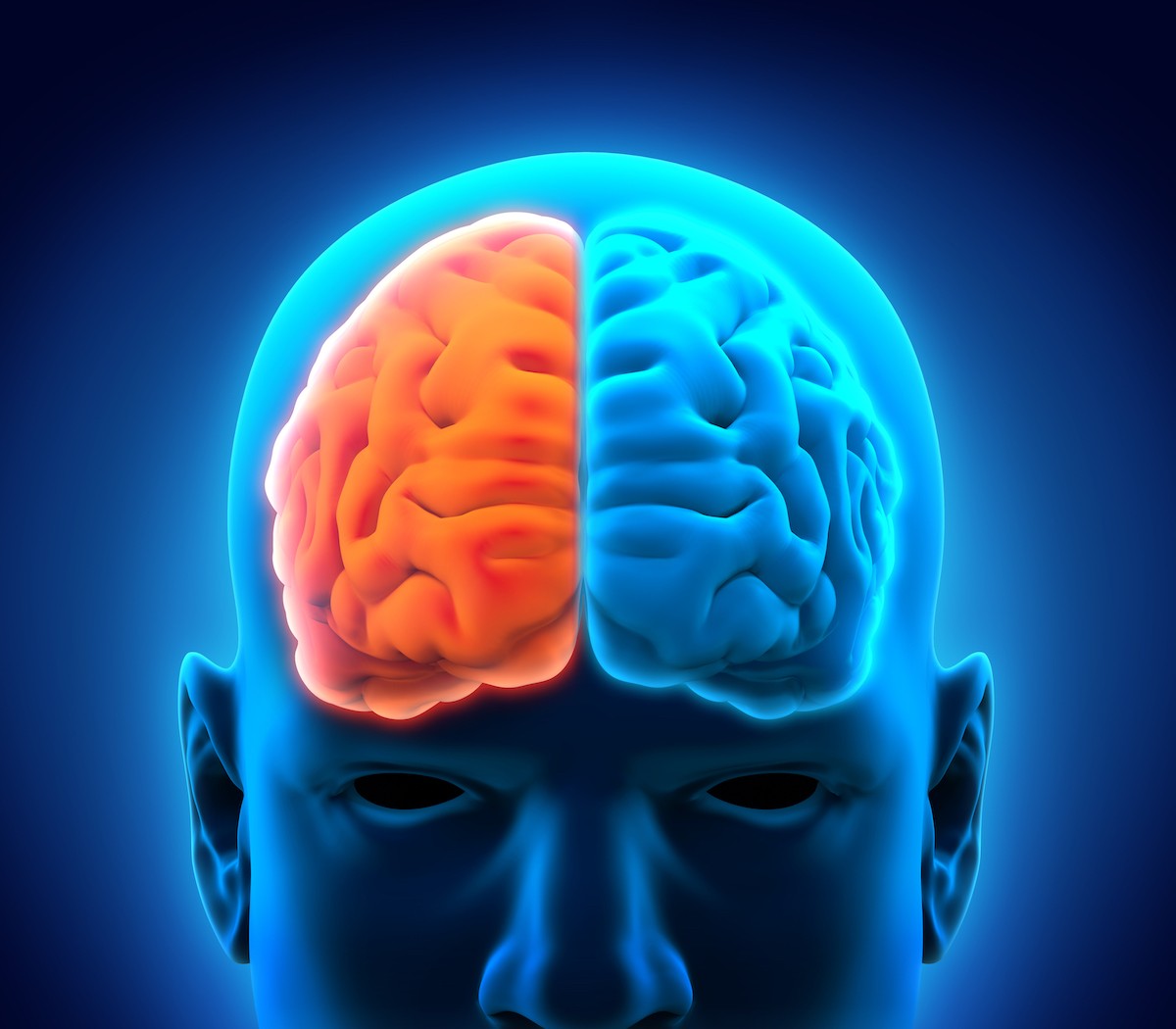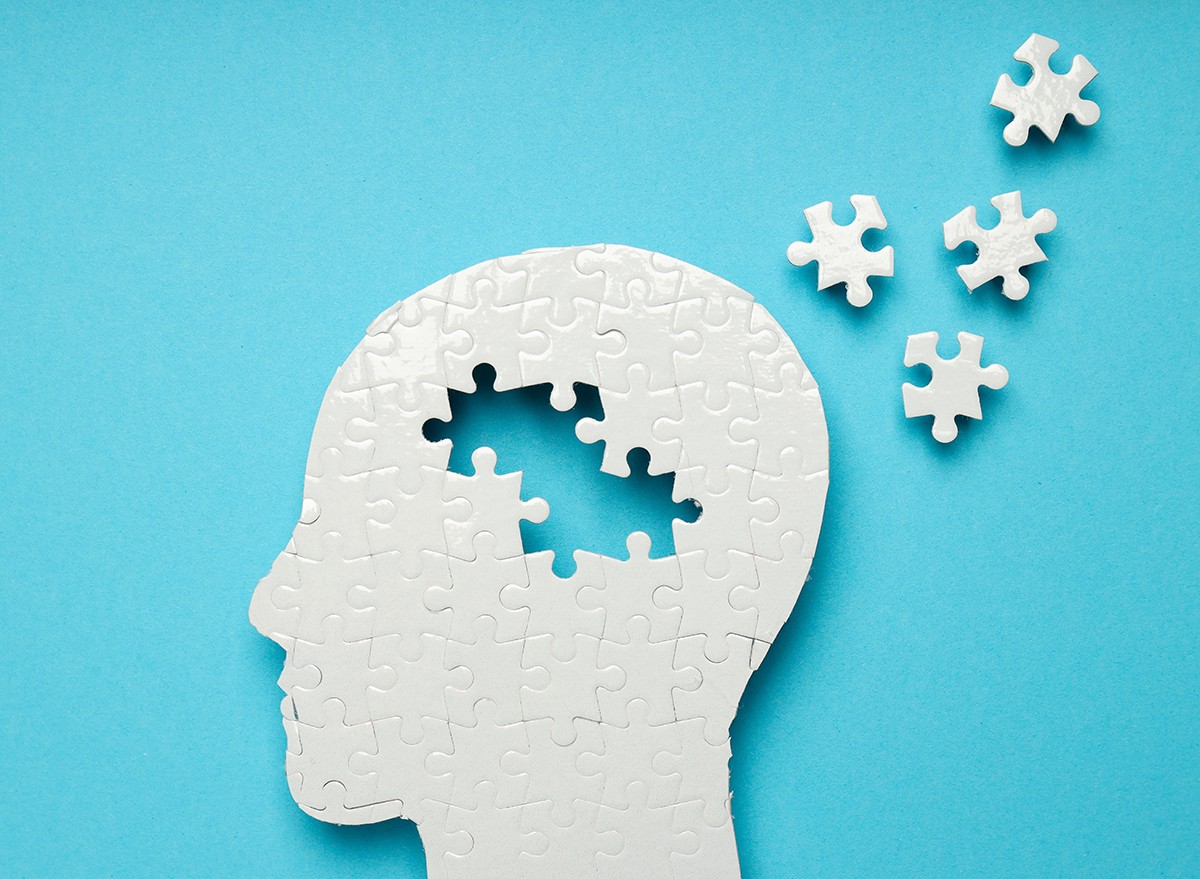7 Subtle Signs of Alzheimer’s as New Study Shows How Changes Occur

New research is shedding light on the way Alzheimer’s disease progresses through the brain, information that could help with treatments for the condition which affects nearly 7 million Americans. According to a study published in the journal Nature Neuroscience, a study of 3.4 million cells from 84 cadaver brains of people with and without Alzheimer’s shows there are two specific phases where Alzheimer’s causes harm to brain cells, and the specific neurons to focus on.
“One of the challenges to diagnosing and treating Alzheimer’s is that much of the damage to the brain happens well before symptoms occur. The ability to detect these early changes means that, for the first time, we can see what is happening to a person’s brain during the earliest periods of the disease,” says Richard J. Hodes, MD, director, NIH National Institute on Aging. “The results fundamentally alter scientists’ understanding of how Alzheimer’s harms the brain and will guide the development of new treatments for this devastating disorder.” Here’s what the researchers found.
RELATED: 5 Habits to Prevent Alzheimer’s.
1
Slow Early Changes in Brain Cells

According to the new research, there is an initial phase and a more damaging second phase in Alzheimer’s. “There’s an early phase where there’s a very slow increase in the amount of pathology,” Ed Lein, a senior investigator at the Allen Institute for Brain Science in Seattle, tells NPR. “Then a more exponential phase where suddenly things get really bad.”
2
Overactive Immune System

Neuron changes cause brain immune cells to become overactive, which triggers the death of the somatostatin inhibitory neurons. “They’ve produced a picture of what’s going on that no one could have anticipated just a few years ago,” Dr. Richard Hodes, who directs the National Institute on Aging, tells NPR.
3
Loss of Specific Neurons

Researchers found that the inhibitory neurons, a small subset of neurons linked to memory and thinking, were the first to die off during the initial phase of Alzheimer’s. These neurons haven’t really been under the microscope, so to speak. “That was quite a surprise,” Lein says. “We were looking for vulnerable cell populations, for example particular types of neurons that might be specifically lost early in disease. But it turns out that the first cells lost are actually some of the inhibitory neurons.”
4
Changes in Brain’s Inhibitory Signals

The loss of inhibitory neurons meant somatostatin was not released: These chemical messengers are crucial for balance between inhibitory and excitatory brain neurons, leading to brain disorders. “It could be that the loss of these [somatostatin] inhibitory neurons is causing a hyper-excitatory state which may be contributing to disease,” Hodes tells NPR.
RELATED: 10 Best Foods and Drinks for Brain Health.
5
Early Intervention

Preventing the loss of those inhibitory neurons could make a difference, researchers say. “The fact that there is a process early on that is slow is an inviting opportunity to intervene,” Hodes says.
6
Deterioration in the Middle Temporal Gyrus

The Middle Temporal Gyrus is linked to visual perception, language, and memory processing, which helps explain how the loss of those neurons make themselves felt with Alzheimer’s symptoms. Scientists could compare the cells from early and advanced Alzheimer’s to better understand the disease. “We measure all the genes in each individual cell,” Lien says. “That allows you to not only identify those cells, but look for changes in those cells as a result of disease.”
7
What’s Next?

This new information could impact the way Alzheimer’s is treated, with a focus on early intervention. “This research demonstrates how powerful new technologies provided by the NIH’s BRAIN Initiative are changing the way we understand diseases like Alzheimer’s. With these tools, scientists were able to detect the earliest cellular changes to the brain to create a more complete picture of what happens over the entire course of the disease,” says John Ngai, PhD, director of The BRAIN Initiative®. “The new knowledge provided by this study may help scientists and drug developers around the world develop diagnostics and treatments targeted to specific stages of Alzheimer’s and other dementias.”